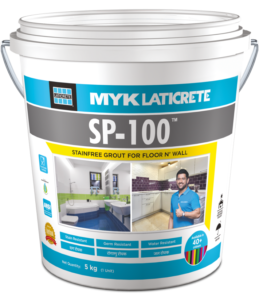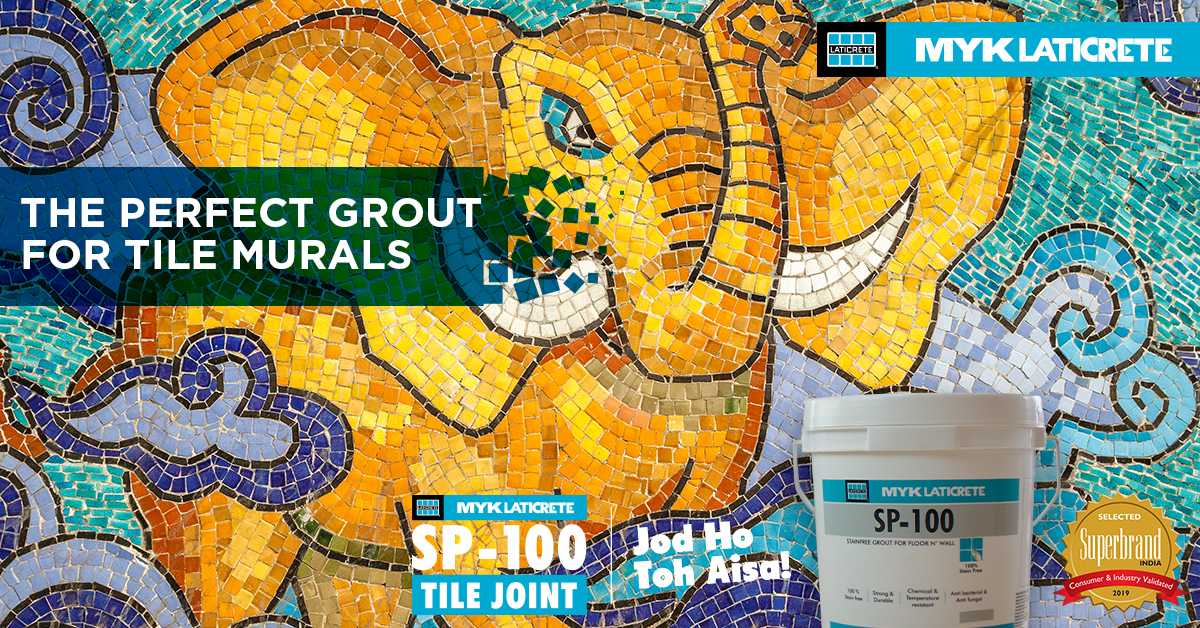Statement walls are all the rage these days and wall murals are a unique take on them. They combine brilliant colors and intricate designs via patterned tile arrangements allowing for incredibly personalized walls and unlimited creative possibilities. They lend an organic look to offices, malls, churches, and homes and are either used in the form of a decorative panel, accent wall, shower mural, or as a backsplash in kitchens. For how bespoke and hand-crafted they are, it is apparent that they don’t come easy or cheap. More often than not, the murals are reproduced from existing canvases or images and tiles are cut into a design basis the plan or images are transferred onto tiles through specialized custom-printing techniques.
Seeing as wall murals require putting together pieces of various shapes and sizes, irregular width gaps, both tiny and large, and variances in thickness of tiles are common. In vertical wall murals, grout lines are usually very small. Imaged or not, all wall mural jobs dictate that there be a grout space/ line; tiles can’t be but joined. The tile joint that goes in makes the mural functional by ensuring that in times of contraction or expansion of the setting material, there is no crack. It also acts as a moisture barrier that prevents the decay of the tile from behind and possible damage to the wall that it has been installed over by keeping mold from forming.
Traditional grouts, however, often can’t handle moisture, differences in gaps and tile thickness,and excessive movement and thus crack. In some cases, tile gaps tend to be too far apart, disintegrating the tile joint. Sanded grout which is conventionally used can also scratch the tile surface in the cases where the glaze isn’t solid enough. Also, a lot of glazed mural tiles have microscopic pores which can lead to discoloration the tile while grouting, creating unsightly stains and ruining the mural altogether, specifically when the grout is in a conflicting shade/hue.
All that being said, grout lines don’t just have a practical side to them. They also lend a mosaic look to murals, elevating their aesthetic. By bolstering the weight of a line, the tile joint can also be an integral element of the decorative process.
After understanding these requirements and the gaps in the market in terms of catering to such complex applications, MYK LATICRETE devised the SP-100 tile joint. A stain- ,germ-, and water resistant grout that works with ceramic tiles and vitrified tiles, this product not only gives the wall mural more body, it also ensures it retains its beauty for years to come through its color-fastness. In addition, given that the tile joint is available in a range of colors, it can help amp up the composition either by creating a more muted look through seamlessness or produce a strong decorative effect by way of a contrasting color of grout. It is non-cracking or powdering, and chemical and temperature resistant offering advantages that far outweigh any other product in the market.
All in all, MYK LATICRETE has time and again demonstrated its strengthin providing innovative tile and stone installation materials.






